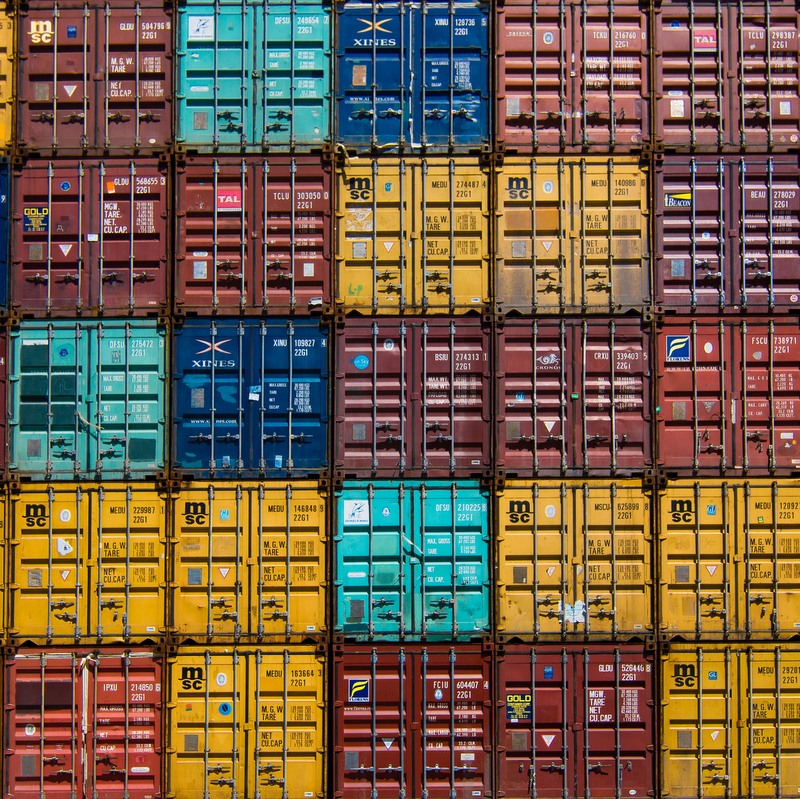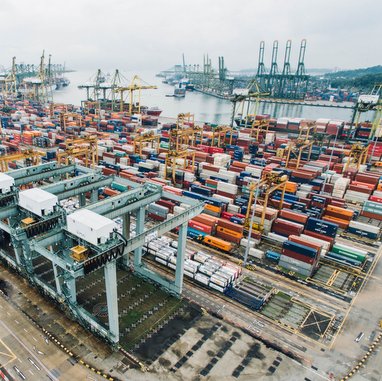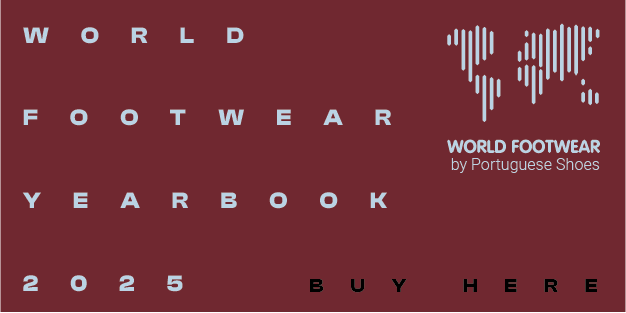EU-Vietnam FTA gets green light in trade committee

The Committee on International Trade gave its consent to the free trade agreement (FTA) by 29 votes, six votes against and five abstentions and recommends that the EP Plenary should do the same
The agreement will remove virtually all tariffs between the two parties in ten years. It will protect emblematic European products and allow Europe to access the Vietnamese public procurement market. The agreement is also an instrument to protect the environment and further social progress in Vietnam, including in labour rights, the resolution accompanying the consent decision states. The trade committee’s demands from Vietnam, including on labour and human rights, as well as on the mechanism ensuring the enforceability of the sustainability clauses, was adopted by 29 votes for, nine against and two abstentions.
Rapporteur Geert Bourgeois (ECR, BE) commented: “With the consent to this trade deal with Vietnam, the trade committee is giving a positive signal to the ASEAN region and the rest of the world at a time when trade tensions are rising. Besides its geopolitical and economic importance, I am convinced that this agreement will accelerate the reform process within Vietnam. The ratification will strengthen further progress on labour and environmental standards and the respect for human rights.”
The first element deserving highlight in the trade deal is the removal of customs duties: 65% of EU exports to Vietnam will be immediately duty free, with the rest - including motorcycles, cars, pharmaceuticals, chemicals, wines, chicken and pork - gradually liberalised over ten years. 71% of Vietnamese exports to the EU will be duty free on day one, with the rest catching up in seven years. Duty-free Vietnamese exports of sensitive agricultural products, such as rice, garlic or eggs, will be limited. Other important element refers to the elimination of non-tariff barriers in the automotive sector, export and import licensing, and customs procedures. Vietnam accepted the “Made in EU” marking, beyond national markings of origin, for non-agricultural products.
Other relevant aspects of the FTA
Geographical indications: 169 emblematic EU products such as Parmigiano Reggiano cheese, Champagne, or Rioja wine, will enjoy protection in Vietnam, as will 39 Vietnamese products in the EU;
Services: EU companies will have improved access to business, environmental, postal and courier, banking, insurance and maritime transport services in Vietnam;
Public procurement: EU firms will be able to bid for contracts with Vietnamese ministries, state-owned enterprises, as well as with Hanoi and Ho Chi Minh City;
Sustainable development: there are legally-binding rules on climate, labour and human rights. The agreement commits Vietnam to apply the Paris Agreement. Vietnam scheduled the ratification of two remaining bills on the abolition of forced labour and on freedom of association by 2020 and 2023, respectively. If there are human rights breaches, the trade deal can be suspended.
Public procurement: EU firms will be able to bid for contracts with Vietnamese ministries, state-owned enterprises, as well as with Hanoi and Ho Chi Minh City;
Sustainable development: there are legally-binding rules on climate, labour and human rights. The agreement commits Vietnam to apply the Paris Agreement. Vietnam scheduled the ratification of two remaining bills on the abolition of forced labour and on freedom of association by 2020 and 2023, respectively. If there are human rights breaches, the trade deal can be suspended.
Next steps
The Parliament is set to vote on the trade deal and the investment protection agreement at its February session in Strasbourg. Once the Council concludes the trade agreement, it can enter into force. For the investment protection agreement to enter into force, the member states first need to ratify it.Background
Vietnam is the EU's second largest trading partner in the Association of Southeast Asian Nations (ASEAN) after Singapore, with trade in goods worth 47.6 billion euros a year and 3.6 billion euros when it comes to services. EU exports to the country grow by 5%-7% annually, yet the EU’s trade deficit with Vietnam was 27 billion euros in 2018, according to numbers by the European Union. Main EU imports from Vietnam include telecommunications equipment, clothing and food products. The EU mainly exports goods such as machinery and transport equipment, chemicals and agricultural products to Vietnam.Source: www.europarl.europa.eu















